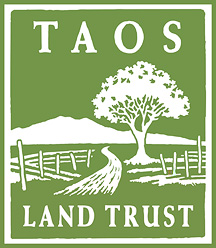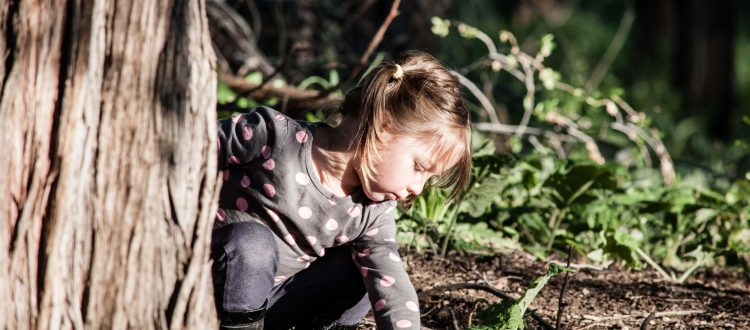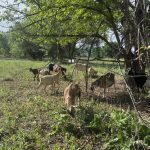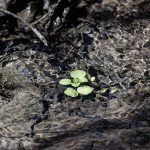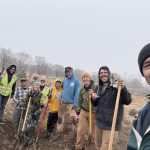Arbor Day and Parks Wellness Day Honors Trees at Rio Fernando Park in Taos
On Arbor Day we recognize that trees are very important in our lives. They offer numerous benefits for people and communities as well as play integral roles in natural landscapes. This yearly event creates an opportunity to celebrate these contributions and to reflect on how we can improve the relationships between people and trees for the better of both. Arbor Day typically consists of planting trees in public spaces through the collaborative efforts of municipal staff, community members, and often youth. Taos Arbor Day festivities for 2018 include the Wellness Day Celebration at Rio Fernando Park, and will take place on Sunday April 29th from 12-3 PM. This event will consist of a tree seedling giveaway, nature walks, information tables and various other activities. Join us with your friends and family to celebrate Spring with trees, nature and great people!
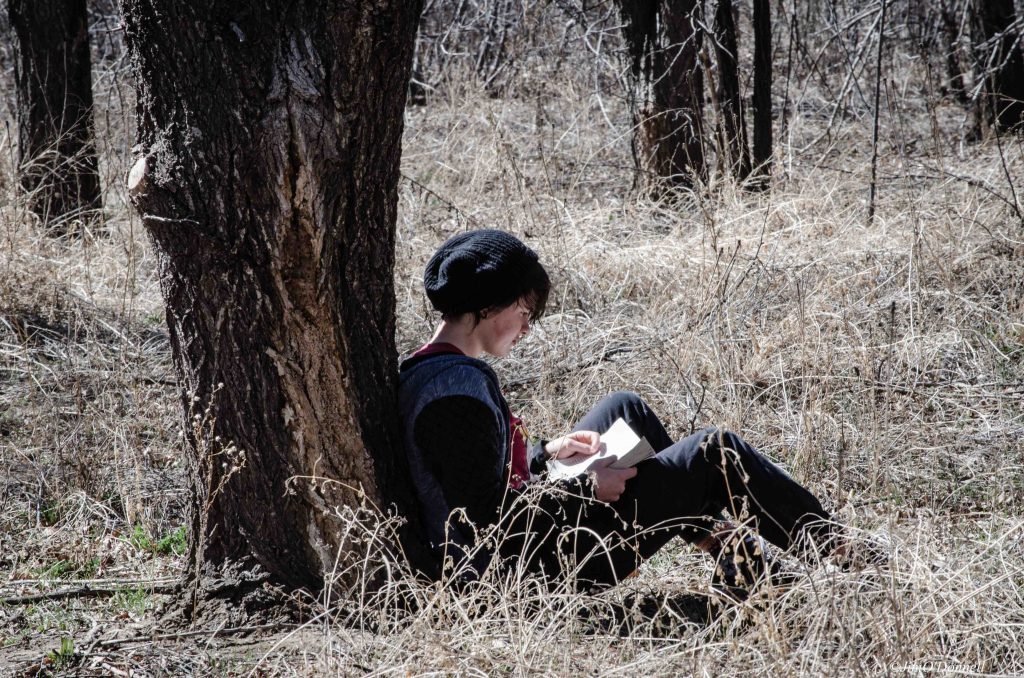
The Complex Forest at Rio Fernando Park
Trees are a big part of the picture at Rio Fernando Park as decisions are being made and plans are being laid for restoration of the site to a combination of natural and historical conditions. As the Rio Fernando winds its way through the property, it creates a corridor of dense vegetation brimming with life and biodiversity. Currently the riparian corridor is dominated by Russian Olive trees, a species introduced from central and western Asia. These trees establish by spreading berries up and down the riparian corridor, often with the help of birds. Stands of large lance-leaf cottonwoods rest patiently at the edges of the riparian zones, with occasional smaller trees interspersed within the Russian Olives. Riparian willows, globe willows, chokecherries, boxelders, and even a few small apples join the cottonwoods in the vanguard of resistance to the Russian Olive encroachment on native habitat. The upland sites are dominated by stands of Siberian Elm, another invasive species. Areas of young cottonwood, plum thickets, elderberry, junipers, and scattered fruit trees give hope that the underlying forests are present and resilient enough to provide alternative replacement to the more dominant invasive species. Restoration efforts will aim to remove the less desirable trees so that other trees can prosper.
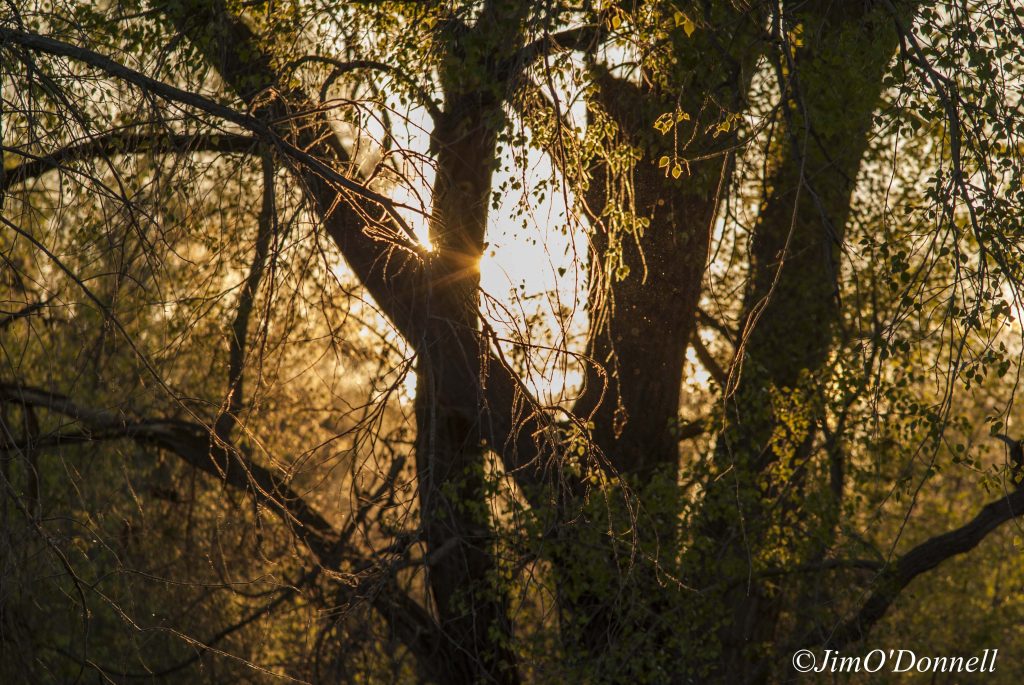
Although many of the trees currently residing at Rio Fernando Park are considered invasive, their removal still has to be weighed carefully. Invasive trees, despite their negative effects, are currently providing habitat for many animal and bird species. Sudden evacuation of these trees all at once would dramatically upset the ecosystem and rearrange ecological relationships with unknown consequences. Greater ecological goals of species diversity and habitat retention would become compromised. For example, recent efforts have uncovered the clear possibility that the federally endangered Southwestern Willow Flycatcher is making its home within the riparian Russian Olive forest. Attempts to remove these trees needs to be calculated and timed properly to ensure that measures for the protection of the birds are enacted.
Since the restoration project carries the mission of habitat protection and improvement, the efforts are required to accommodate the needs of other species as well. Beaver are now becoming active along the stream, requiring further decisions to take place. Recent projects have led to the protection of larger diameter and desirable tree species. However, the smaller trees and Russian Olives are still fair game for beaver access to gain sustenance and manipulate the stream habitat through damming. Upcoming restoration efforts will attempt to balance beaver habitat with both human uses and the support of other species uses of the riparian zones.
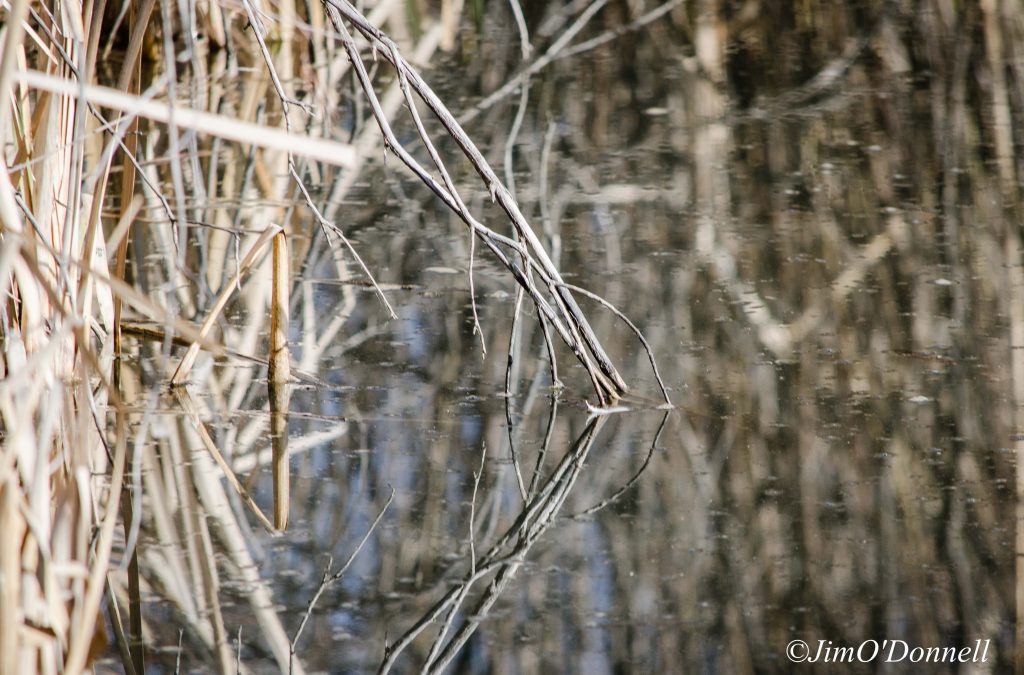
How to Restore and What to Restore For
Throughout the property, further decisions about the trees will need to be made. Current efforts aim to decide which trees will be removed and which trees will remain to be pruned, cultivated, and irrigated as necessary. New planting sites will be established for orchard trees, shade trees, habitat trees for birds and animals, and trees intended to attract pollinators. These decisions will need to be incorporated in the general planning for intended uses for different sections of the property. Since Rio Fernando Park is intended as a space for public use and nature exploration, the land use decisions need to arise through collaborative discussions. The engagement of this process will integrate and grow connections between community needs and the Rio Fernando Park resource, to create lasting connections between people and the landscape. The decisions surrounding the trees will focus support for both ecological and human relationships as the restoration projects move forward.
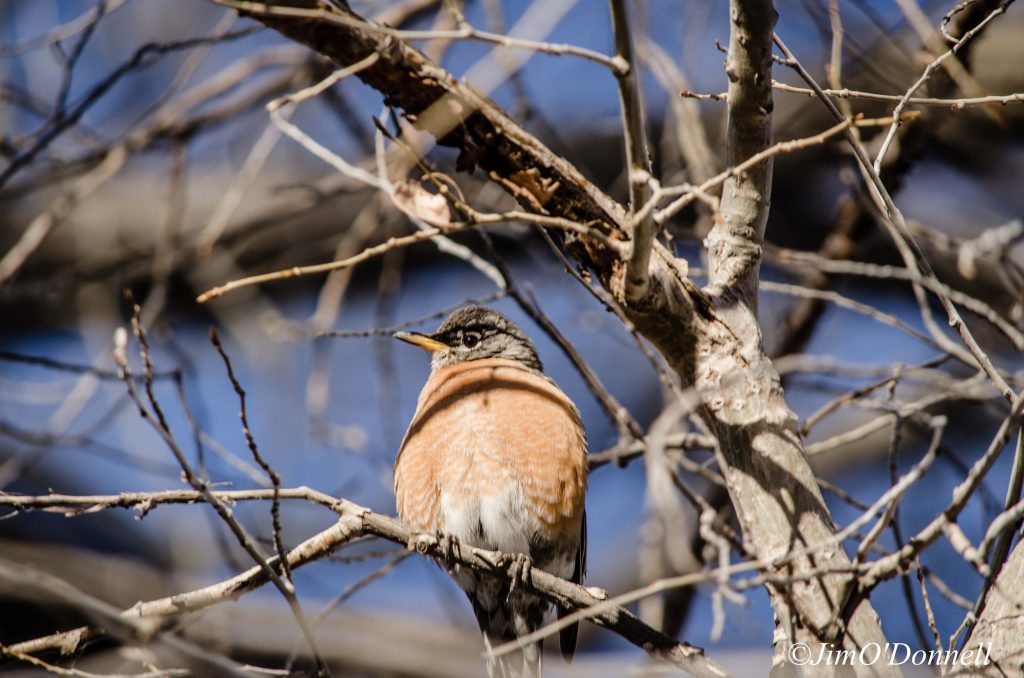
In some cases, the invasive tendencies of the Siberian Elm will be overlooked in deference to the benefits they provide. There are at least two areas on the property, where the elms have grown into relatively dense forested areas, with no water added. The shade they provide creates habitat not only for animals, but for people as well. These spaces are a welcome retreat on a hot summer day. It may be possible to begin to grow other species that may someday be able to replace the elms, but currently, their presence in particular locations at the site is supporting necessary habitat. As with the Russian Olives in the riparian zones, the removal of invasive Siberian Elms needs to also be considered carefully. Not many trees are as well adapted to low water and low maintenance as the elms, so some of the shade benefits will be lost by transitioning to native or more easily controllable species. Other areas are showing the first signs of establishment for the elms. In this case, the decision may demand their immediate removal, so that the site may be used for other purposes. The young elms may even be transplanted in completely different locations, where their aggressive growing tendencies are desirable, such as for windbreaks in highly exposed sites.
Even though the property has been degraded and virtually abandoned for human uses in recent decades, there remains great hope in the resilience of remnant native vegetation to rekindle habitat to historical conditions. The trees on the property exist naturally because of the Rio Fernando waterway and its associated ground water interactions and agriculturally as part of the original acequia irrigation for farm and homestead projects. Restoration efforts will rely on these water supplies, and will hopefully at the same time, improve their reliability and overall system health. In the future, the Taos Land Trust envisions the Rio Fernando riparian corridor as mixed native trees and shrubs supporting habitat for migratory and resident animal and bird species, and people. The upland sites will support small stands of trees creating shady and peaceful groves. Existing fruit trees will be augmented with new plantings to form orchards. The new trees will be grafted and cultivated from species well suited to the Taos area, drawing both from historically planted trees as well as those anticipated to prosper in the current and future climates of the region. The various stands of trees residing in different microclimates through the property will be urged towards species exhibiting less invasive characteristics. The species will be chosen to emphasize either historical presence in the ecosystem or in the agricultural heritage of the Taos Valley.
Arbor Day 2018 at Rio Fernando Park will honor the trees currently living at the site and will lay the groundwork for a future of strong and healthy interactions between trees and people.
